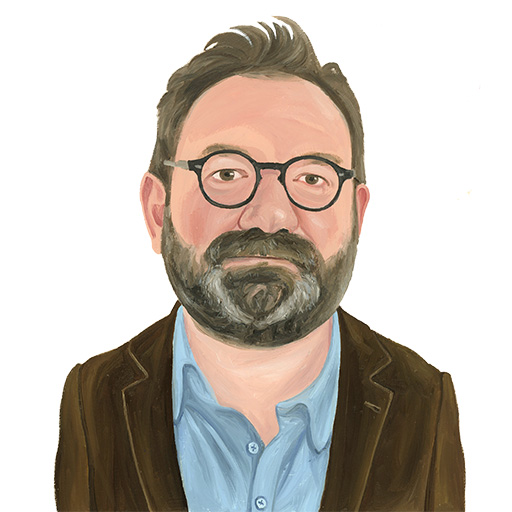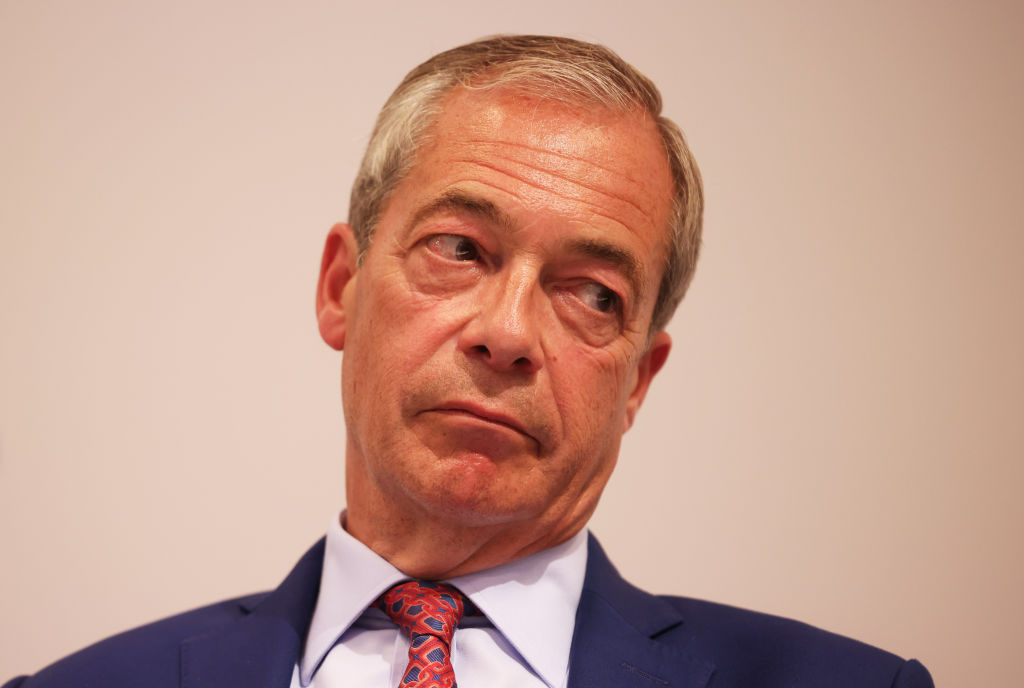If you are planning a trip to London this summer, make sure that Tate Britain is on your itinerary. The gallery, a short 15 minute walk along the Thames from the Houses of Parliament and Westminster Abbey, holds what is certainly the world’s greatest collection of British art. From Holbein to Hockney, via Hogarth, Reynolds, Gainsborough, Blake, the Pre-Raphaelites, Moore, Bacon and Freud, they are all there – and all in superlative form. The gallery’s collection of Turners is unrivalled.
But if you are concerned about your blood pressure, don’t read the captions. Tate Britain has decided it is imperative to push every flavour of modish hogwash on its unsuspecting visitors.
The English came late to painting, so one of the gallery’s earliest pictures is the early 17th century Cholmondeley Ladies. The painting depicts two aristocratic sisters resting in bed and proudly holding their swaddled newborns. For a while recently the gallery decided to inform us that the depiction may have had a lesbian subtext, something that had escaped attention in the first 400 years of the work’s history.
Such an odd take on one of Tate Britain’s best loved works is not an isolated occurrence.
One of the major inter-War works in its collection is Sir Stanley Spencer’s Resurrection, Cookham (1924-27). Widely regarded as Spencer’s masterpiece, it is a vast canvas depicting the Second Coming and the dead rising from their graves in the churchyard at Cookham – the artist’s home village, on the Thames thirty miles upriver from the Tate. The racial characteristics of the rising dead somehow become terribly relevant in the aftermath of the Black Lives Matter protests. A new sign stated:
“Most of the white people are local friends or specific biblical figures. By contrast, Spencer represents the group of Black people at the centre of the painting in a generalising way.They are not based on people he knew, but on images he saw in National Geographic magazine. Spencer intended to show that all humanity would be included in the resurrection, but in trying to make this point he reinforced racist stereotypes and divisions accepted at the time by most white British people.”
There are some oddities here. Why is Black deserving of the upper case but white only of the lower? More significantly Spencer is making a comment on the universality of the Christian message – yet the gallery has felt obliged to talk about racial stereotyping and reinforcing prejudices. In his quest for models Spencer would have been up against a practical barrier in 1920s Cookham; it would have been rather difficult to find many black faces.
The painting has recently disappeared into the gallery’s storerooms. Presumably it was felt even with such warnings, the work was just too triggering.
Should you be in need of a proper sit down lunch after having made the mistake of reading too much of such nonsense, that is sadly no longer available.
Tate Britain used to have a splendid restaurant. The Rex Whistler – known for its excellently curated and well priced wine list – is no more due to the apparent offensiveness of the mural on its walls. Diners were embraced by Expedition in Pursuit of Rare Meats, a painting encompassing all four walls by Rex Whistler, an artist best known for his decorative murals in grand country houses. When the Tate restaurant first opened in 1927 it was described as “the most amusing room in Britain.” Its proximity to the BBC’s Westminster studios and to Parliament meant that it was a favourite place for political editors to lunch their political contacts.
The restaurant did not reopen after closing for lockdown in 2020. In one corner of the mural – a clearly mythical landscape of hunters, nymphs and satyrs – a black slave boy with a chain round his neck is pictured. There are a couple more slave figures galivanting in the landscape. But they are not prominent, you really have to look hard to find them.
When hard Left Labour MP Diane Abbott demanded on Twitter that the restaurant not reopen, she stated: “I have eaten in Rex Whistler restaurant at Tate Britain. Had no idea famous mural had repellent images of black slaves….Nobody should be eating surrounded by imagery of black slaves.”
Ms Abbott’s wishes have come true. The mural can still be viewed – just, it is extremely dimly lit – but only whilst watching a video installation extrapolating on the racist nature of the work.
Should you delay your London visit to Christmas, don’t expect to find Tate Britain to be festooned in traditional yuletide merriment. As its Christmas installation a few years back, the gallery festooned its Thames-facing entrance with what looked like discarded soggy loo paper, apparently an artistic interpretation of what might happen when climate change means the great river overflows its banks.
Tate Britain is far from the only offender. Many of our great artistic powerhouses seem to find it essential to preach the gospel of wokery. Don’t let it put you off going, but if such Leftist lecturing triggers you, look away from the signs.






Western history is being constantly denigrated. We are asked to make daily apologies for our past. No wonder the armed forces can’t recruit